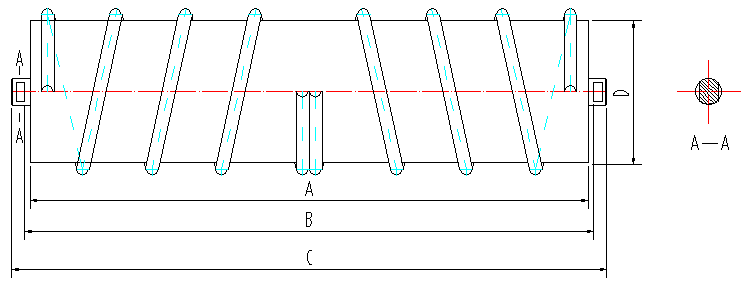 Afrikaans
Afrikaans  Albanian
Albanian  Amharic
Amharic  Arabic
Arabic  Armenian
Armenian  Azerbaijani
Azerbaijani  Basque
Basque  Belarusian
Belarusian  Bengali
Bengali  Bosnian
Bosnian  Bulgarian
Bulgarian  Catalan
Catalan  Cebuano
Cebuano  Corsican
Corsican  Croatian
Croatian  Czech
Czech  Danish
Danish  Dutch
Dutch  English
English  Esperanto
Esperanto  Estonian
Estonian  Finnish
Finnish  French
French  Frisian
Frisian  Galician
Galician  Georgian
Georgian  German
German  Greek
Greek  Gujarati
Gujarati  Haitian Creole
Haitian Creole  hausa
hausa  hawaiian
hawaiian  Hebrew
Hebrew  Hindi
Hindi  Miao
Miao  Hungarian
Hungarian  Icelandic
Icelandic  igbo
igbo  Indonesian
Indonesian  irish
irish  Italian
Italian  Japanese
Japanese  Javanese
Javanese  Kannada
Kannada  kazakh
kazakh  Khmer
Khmer  Rwandese
Rwandese  Korean
Korean  Kurdish
Kurdish  Kyrgyz
Kyrgyz  Lao
Lao  Latin
Latin  Latvian
Latvian  Lithuanian
Lithuanian  Luxembourgish
Luxembourgish  Macedonian
Macedonian  Malgashi
Malgashi  Malay
Malay  Malayalam
Malayalam  Maltese
Maltese  Maori
Maori  Marathi
Marathi  Mongolian
Mongolian  Myanmar
Myanmar  Nepali
Nepali  Norwegian
Norwegian  Norwegian
Norwegian  Occitan
Occitan  Pashto
Pashto  Persian
Persian  Polish
Polish  Portuguese
Portuguese  Punjabi
Punjabi  Romanian
Romanian  Russian
Russian  Samoan
Samoan  Scottish Gaelic
Scottish Gaelic  Serbian
Serbian  Sesotho
Sesotho  Shona
Shona  Sindhi
Sindhi  Sinhala
Sinhala  Slovak
Slovak  Slovenian
Slovenian  Somali
Somali  Spanish
Spanish  Sundanese
Sundanese  Swahili
Swahili  Swedish
Swedish  Tagalog
Tagalog  Tajik
Tajik  Tamil
Tamil  Tatar
Tatar  Telugu
Telugu  Thai
Thai  Turkish
Turkish  Turkmen
Turkmen  Ukrainian
Ukrainian  Urdu
Urdu  Uighur
Uighur  Uzbek
Uzbek  Vietnamese
Vietnamese  Welsh
Welsh  Bantu
Bantu  Yiddish
Yiddish  Yoruba
Yoruba  Zulu
Zulu head pulley tail pulley
Understanding Head and Tail Pulleys in Conveyor Systems
Conveyor systems are integral to various industries, facilitating the movement and transportation of materials efficiently. Within these systems, head and tail pulleys play crucial roles in ensuring smooth operation and optimal performance. This article delves into the functions and significance of head and tail pulleys, highlighting their importance in conveyor mechanics.
Understanding Head and Tail Pulleys in Conveyor Systems
On the other hand, tail pulleys are situated at the loading end of the conveyor system. Their primary function is to support the return side of the conveyor belt. While tail pulleys do not drive the belt, they play an essential role in maintaining the tension and alignment of the belt as it returns from the discharge point back to the head pulley. Tail pulleys can also be designed with features that help in sealing the ends of the conveyor system, preventing the spill of materials during transport.
head pulley tail pulley

The interaction between head and tail pulleys is vital for the continuous and efficient operation of conveyor systems. A well-functioning head pulley ensures that materials are discharged effectively, while a properly aligned tail pulley supports the return path, minimizing the risk of belt sagging or misalignment.
Additionally, both pulleys must be built from durable materials to withstand the wear and tear from constant use. Common materials include steel, rubber, and composite options, depending on the application and the type of materials being transported.
In summary, the head and tail pulleys are fundamental components of conveyor systems, each serving unique but interconnected purposes. Understanding their functions and maintaining them properly is crucial for maximizing the efficiency of conveyor operations. Regular inspections and maintenance can prevent issues and extend the lifespan of the entire conveyor system, ultimately contributing to improved productivity in various industrial applications.
-
Revolutionizing Conveyor Reliability with Advanced Rubber Lagging PulleysNewsJul.22,2025
-
Powering Precision and Durability with Expert Manufacturers of Conveyor ComponentsNewsJul.22,2025
-
Optimizing Conveyor Systems with Advanced Conveyor AccessoriesNewsJul.22,2025
-
Maximize Conveyor Efficiency with Quality Conveyor Idler PulleysNewsJul.22,2025
-
Future-Proof Your Conveyor System with High-Performance Polyurethane RollerNewsJul.22,2025
-
Driving Efficiency Forward with Quality Idlers and RollersNewsJul.22,2025





























